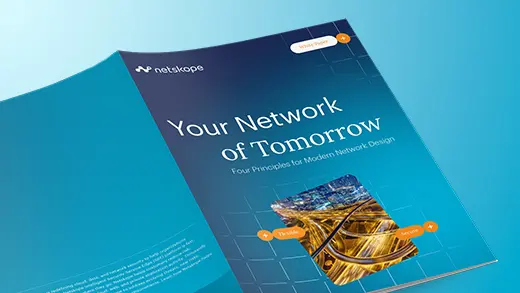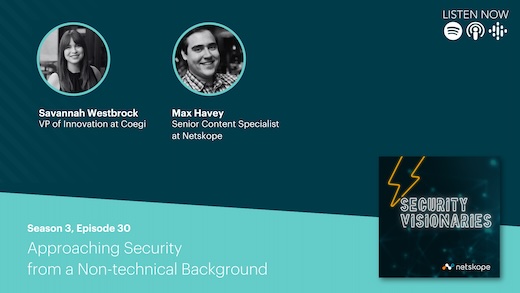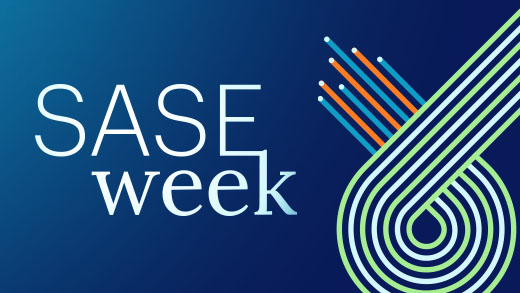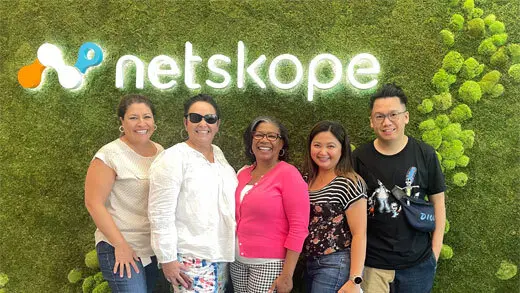
Leading technically qualified people can be inherently complex and enigmatic. This unique workforce of incredibly smart people requires a different leadership approach than what might commonly be used in many other workforces.
As a former senior officer in the Australian Army who spent most of my time in the Royal Australian Corps of Signals as an engineer, as an information technology specialist, and later a cyber practitioner, I’ve had the privilege of leading some of the smartest people in the Australian Defence Force (ADF), and indeed, the nation. Since leaving the military in late 2020, I’ve learned that the leadership approach required to get the most out of a technically qualified civilian workforce is very similar to that of technically qualified members of the military.
There are so many misconceptions and misunderstandings relating to leaders and leadership within technology-based industries Many believe:
- that leaders need authority;
- that the leader must be the smartest of the group;
- that giving power away weakens leadership;
- that only one person can function as the leader;
- that team members are less important than achieving the mission;
- that effective leadership requires little or no training.
I hope you also recognise that these statements are all complete fiction.
Balancing influence and control
Influence is central to the leadership of technical workforces. Yet influence is also related to the roles of power and authority. Power is routinely understood to be the capability of doing or affecting something. This understanding has been extended, perhaps unhelpfully, in managerial contexts to mean the ability to change the behaviours, attitudes, or the beliefs of others.
But what about the difference between leadership and authority? Although sanctioned, and at times completely appropriate, the use of legitimate authority is not an example of leadership, but rather an example of command or management.
Author John Gardner notes that, “confusion between leadership and official authority has a deadly effect on large organisations.” Corporations and government agencies everywhere have executives who imagine that their places on the organisational chart has given them a body of followers; and of course, it hasn’t. These executives have been assigned stewardship of subordinates; whether the subordinates become followers depends on whether these executives act like leaders.
Another often-confused pair of terms are leadership and management. There is a distinct difference between the two, perhaps described best by Viscount Slim of Burma, who said:
“Leadership is of the spirit, compounded of personality and vision; its practice is an art. Management, however, is of the mind, more a matter of accurate calculation, of statistics, of methods, timetables and routine; its practice is a science. Managers are necessary. Leaders are essential.”
Leadership is an influence process that energises followers. Management is a control process, subordinate to leadership, aimed at bringing coordination and efficiency to people and organisations. In practical terms, I found that management was the mechanical process of putting the right person in the right place at the right time with the tools necessary to address the task at hand. Whereas leadership was always the human interaction that inspired and motivated the completion of the task.
Balancing goals and values
Leadership of a technical workforce is a means to an end. If there is no goal, objective, or mission, there is nothing to move towards and therefore the requirement for leadership is significantly reduced. In order to have a positive effect on an organisation, implementing change must be undertaken with the willing consent of those being led.
I strongly believe that in leading a highly technical workforce, there is a real advantage in applying values over rules, due to the clarity they provide in ambiguous situations. This is especially important when operating in an area where rapid technological advances make it nearly impossible for legislation or policy to stay current, such as in cyber. As a senior military officer, I would routinely find myself in places where technological opportunities had outpaced both legislation and policy. On those occasions, it was the moral and ethical baseline or values of the organization that proved most helpful in reaching a decision regarding the best path forward.
Avoiding likership
I make this point whenever I discuss leadership, but it is important to note here that good military leadership could not be further from the “shut up and do what you’re told” Hollywood interpretation! This is especially true of technically qualified soldiers, sailors, and aviators. For these people, taking an extra moment or two to explain the reason behind your instructions pays enormous dividends. It is the same for the leadership of civilian technical workforces!
One of the biggest traps that I’ve seen ensnare leaders of technical workforces is the adoption of “likership,” as opposed to leadership. It is human nature to enjoy being liked, but playing too heavily to this vice in any context has ramifications. Good leaders make the hard decisions knowing that they will not always be popular. Likers, however, are weak and always make the easy play. They also tend to eventually be universally despised. But that doesn’t mean leaders need to be hard-nosed robots. The application of empathy is critical!
In a recent speech, the UK Chief of Army, Lieutenant General Sir Roly Walker suggested that leaders should take leadership seriously but wear the responsibility lightly. They should embrace failure in order to learn and innovate. He stated that leaders should encourage autonomy and empower subordinates to take the initiative and make decisions. And he encouraged the maintenance of a sense of humour. While this is a lofty aspiration that many leaders would struggle to achieve, in my experience, technical teams operate at their very best when empowered to act autonomously. In practical terms, as a leader this involves arming these incredibly smart people with the knowledge of how their task fits within the broader objective, and then getting out of their way!
Conclusion
These observations are incredibly relevant to the leadership of technical workforces of any variety, be they civilian or military. Now, I don’t for a moment claim that any of this is easy. For the second half of my military career, I was constantly tasked and required to drive change in order to develop the technical capabilities required by contemporary military forces. You can take it from me, leadership in such circumstances is a hard and lonely experience. But hopefully these tips will help you with leading a technically minded workforce.
If you’d like to learn more about driving innovation, listen to this episode of the Security Visionaries podcast with Rebecca Hinds, Head of the Work Innovation Lab at Asana, and Yihua Liao, Head of Netskope AI.




 Retour
Retour 





















 Lire le blog
Lire le blog